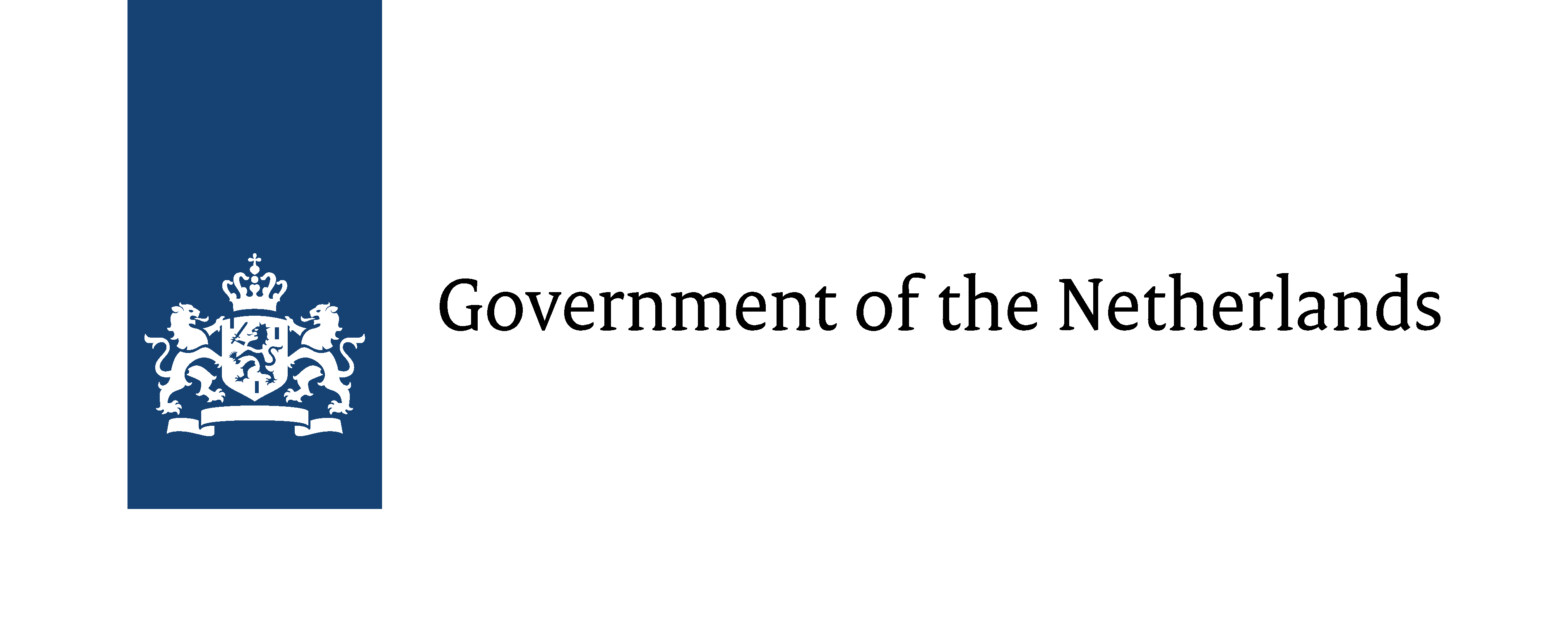Turkish Artists living in the Netherlands
Bulent Evren was born in Turkey but lives in Holland. His works are usually exhibited in Holland, but also in Turkey. As written on his website, the work of Evren shows an elegant refinement in figurative forms in an uncommon material choice. Hard aluminum reaches life in fluent forms, where the colors overload the spectator with a wealth of visual experiences.
Ejderkan Tastekin was born in Istanbul, but moved to the Netherlands. He has had quite a few exhibitions, mainly in The Hague. For the LiteSide festival 2009, Ejderkan used the buildings of the Westergasfabriek in Amsterdam for his light installations. By using projections by lasers and other light sources he shed light on the theme ‘from far yet near'.
During the Amsterdam Turkish Film Festival in 2010 Ejderkan gave an art performance.
Fahrettin Örenli was born in Pertek in 1969. He studied at Gerrit Rietveld Academie between 1994 and 1998. He continued his study at the Rijksakademie Van Beeldende Kunsten between 2000 and 2001. He had residences in several places such as Platform Garanti Contemporary Art Center in Istanbul (2006/2007), European Art Center, Xiamen City in China (2004/2005) and the International Studio and Curatorial Program in New York. In Amsterdam, Örenli was awarded Royal Painting Prize (2000) and the ABN AMRO Art Prize (2004). Currently, Örenli lives and works in Amsterdam and Istanbul.
Ahmet Öğüt is a Turkish artist, born in Diyarbakir, who lives in the Netherlands. He has had exhibitions all over the world, both solo and in groups. For 2010 there were a few solo exhibitions in The Netherlands.
From July until December 2010 he had an exhibition in the Van Abbemuseum. He filled the total space of Het Oog (a location the museum which gives artists the opportunity to do a project for 6 months) with 12 tons of coal and buried a “piece of the museum” in there. This piece is taken from a wall of the museum and replaced by a diamond. If one of the visitors would find the piece of museum, s/he would become the owner of the diamond.
Sevet Koçyiğit was born in Kaman in 1971. He studied at the Gerrit Rietveld Academy in Amsterdam. He then continued his study at Wilhelm Lehmbruck Residency, Duisburg in Germany between 1999 and 2000. In 2006, he researched at JCVA, Jerusalem Center for the Visual Arts in Israel. Currently, Koçyiğit continues to work in Istanbul and Amsterdam. In the last 12 years, he has being showing his work at national museums and art spaces such as Foto museum in Rotterdam, De Appel, Smart Project space, de Kleine Biennial-Utrecht. He also had exhibition abroad among other at the 27th Sao Paulo Biennial and 9th Istanbul Biennial.
Eylem Aladogan was born in Tiel (1975). She studied at both the Willem de Koning Academy and the Rijksacademy and lives and works in Amsterdam. She exhibits internationally, both solo and in groups. Her sculptures, installations and drawings are born from experience and from a fascination with the concept of power. What interests her is not just power in itself, but especially the way it is generated, especially the workings of willpower. However strong a drive such as willpower may be, actually harnessing it means overcoming often unavoidable existential fears. This coexistence of contrasting − sometimes diametrically opposed − forces, is one of the defining features of her work. The emotional and psychological processes that are encompassed by this effort fascinate her and serve as her point of departure. The materials she uses play an important role and are often processed using a combination of traditional craftsmanship and modern technology.
Isik Tuzuner is seen as a Feminist Artists from Turkey and lives in Amsterdam. She constructs gleaming collages on packaging materials where words and images are painted over in various levels. Since 2005 she is the curator of her own 'Passion Museum' currently represented by scale models of the museum’s spaces and ideas expressed in carton and wood. Like a doll house without dolls.
Since 2006 Tuzuner has extended her museum with pavilions. The audience is invited to crawl through the visual displays

